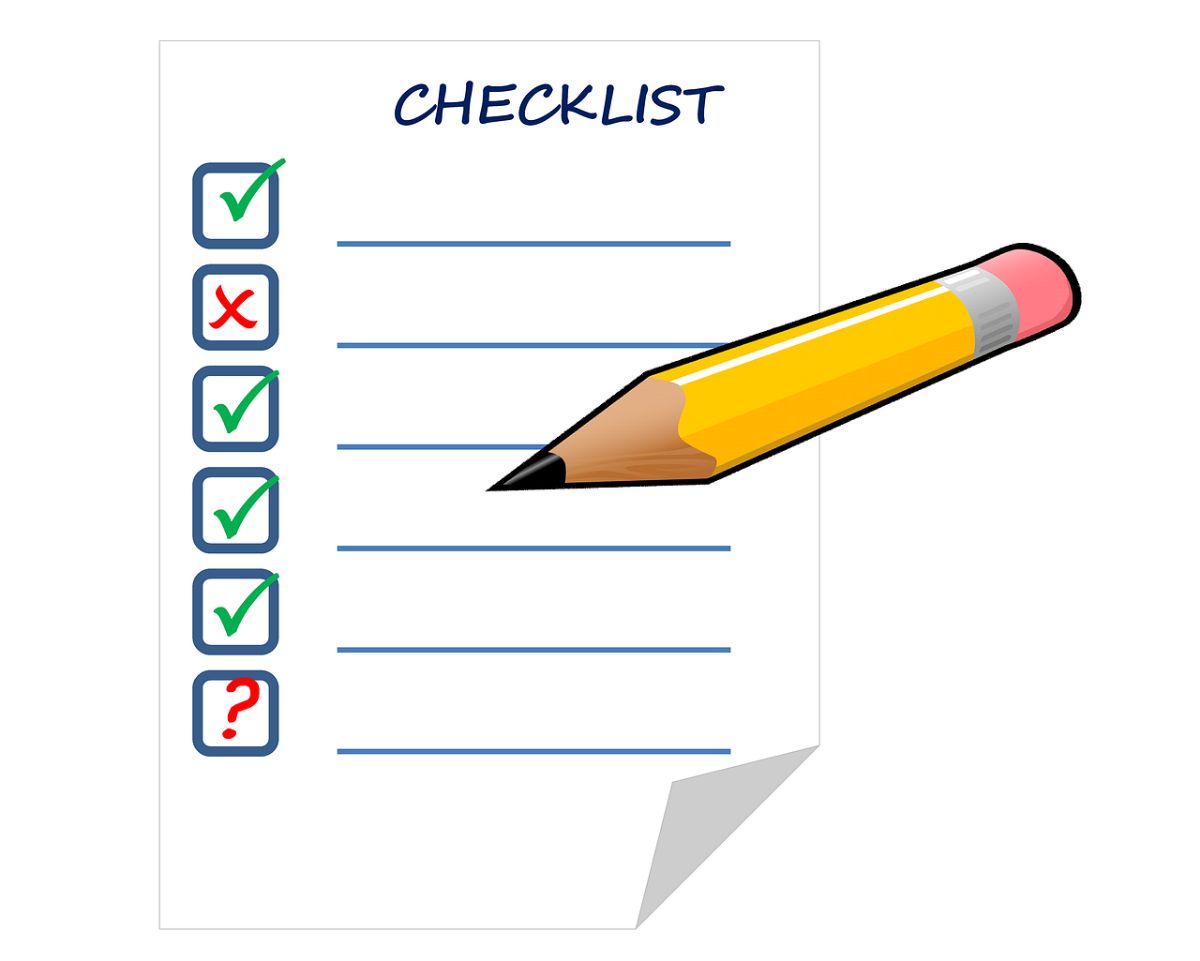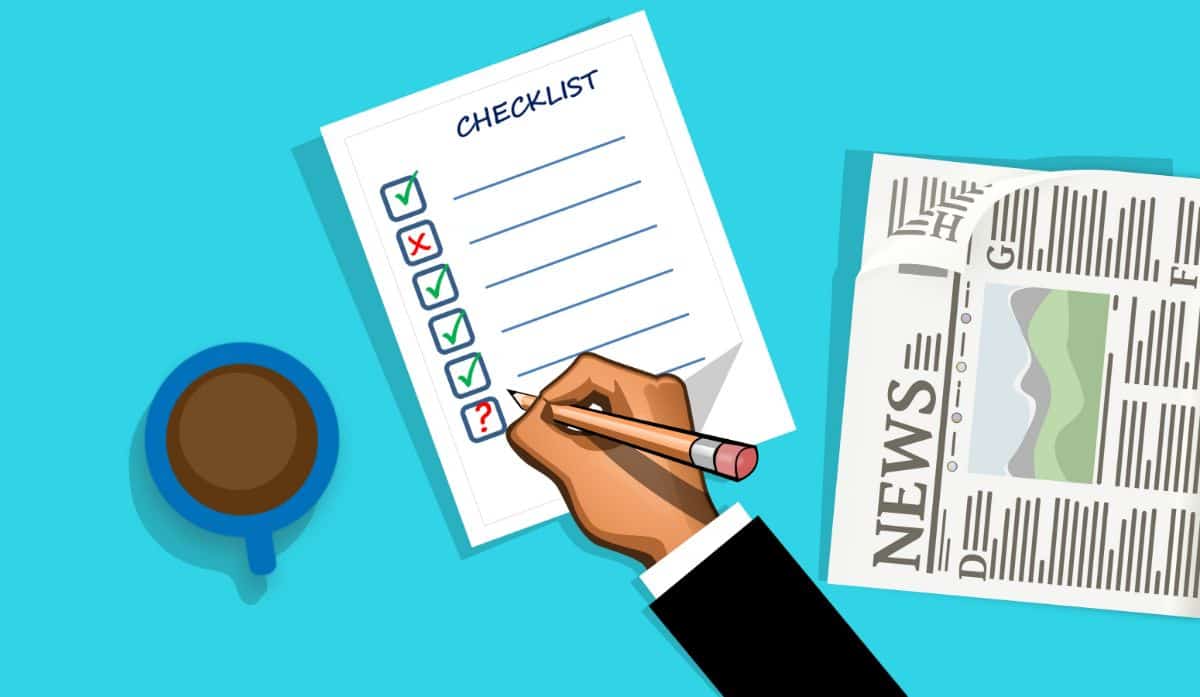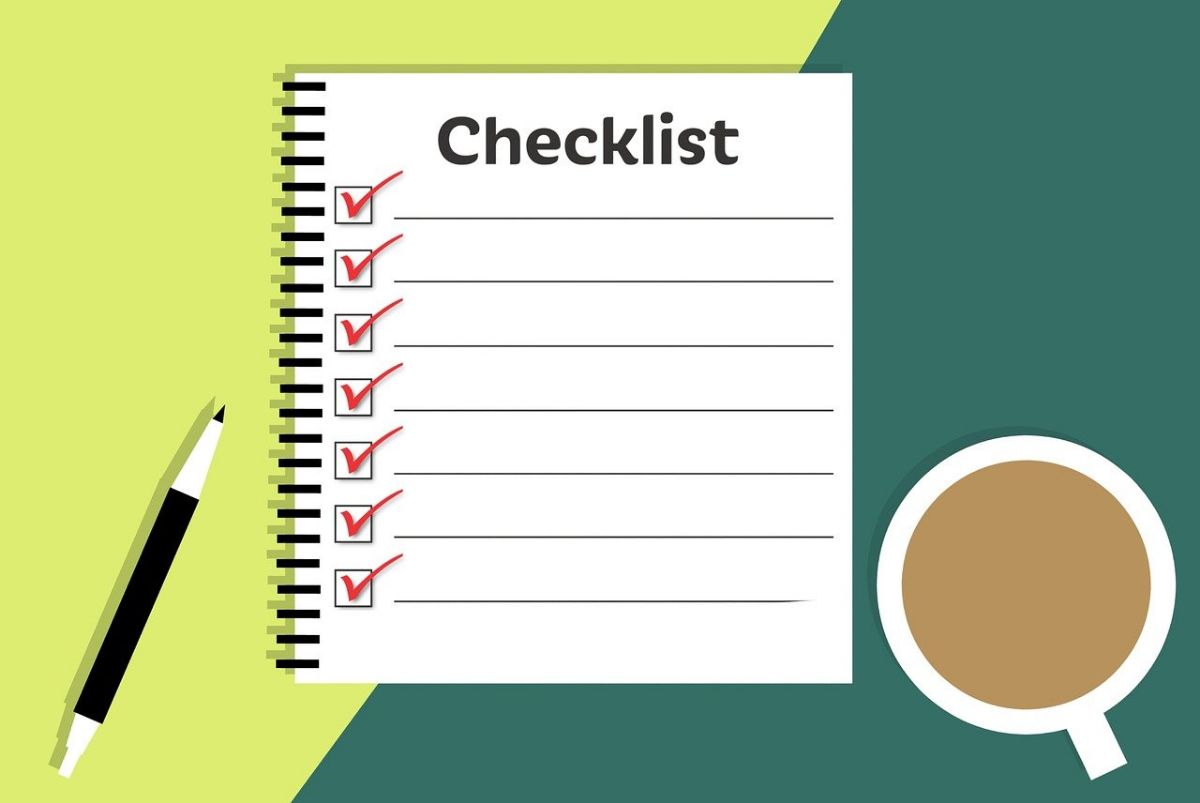
When you have to start a project, you know that if you have a document in front of you, you can capture all your ideas so that it helps guide you to know how to start the path. This is what the brief or briefing is for. But, what is a brief?
If you still haven't fully assimilated this strange word or you don't quite know what it entails, we'll break it down for you so you understand it and, above all, so you know what you should do with it and the benefits it can bring you. go for it?
what is a brief

As we have told you before, the word brief is the same as briefing, only shortened. Actually we refer to a not too extensive document that has the steps that are going to be taken to carry out a task or a projecteither. In this case, it is not only those steps, but also how the work will be carried out, the time that will be dedicated to it, and some other aspects.
The truth is that becomes more of a roadmap to give you an overview, but at the same time so that you can "cross out" each of those steps to achieve the final goal.
For example, imagine that you have an eCommerce project and you have made a brief to get the web page ready. In this you will have established the steps and needs that the web has, including the time for each of them. in such a way that, as time goes by, you will also cross out the things you are doing to reach the end and have that website ready.
It must be taken into account that the brief is not something personal, but can also be used in a team or with several people (even establishing what each person must do).
In addition, it is not a static document, but can change. And although there are templates, each company is different and may need a brief done in different ways.
Types of briefs
Related to the above, you should know that there are many types of briefs to use that will depend on each client or company, as well as the objective you have.
The most common are the following:
- Advertising briefing. It is mainly used to develop advertising campaigns. In this case, the objective to be achieved is established, and the time that they will be active, the creatives that will be used, as well as the texts, are written down. In some briefings, a plan B is also drawn up in case the first option does not have the expected impact in X time.
- Marketing briefing. Like the advertising one, this one is focused on the marketing to follow in the company or brand. Now, we could break it down in various ways since marketing itself is quite broad.
- Business Brief. Perhaps you have seen it on occasion, especially if you have requested information to advertise in newspapers or in large companies. It includes the historical situation, as well as the current one, of that business. The public to which it is directed is also established, the objectives it has... Finally, and this sometimes optionally, information is given on the rates to advertise in those media.
Of course, there are many more types that could be built depending on the needs of the company or brand.
What's in a brief?

Do you have a project or strategy in mind and it would be useful to have this document? Well, to begin with, you need to know the elements that this must contain. AND the most common are the following:
Objective
Or goals to achieve. Must be displayed at the beginning to understand that everything that is going to be done will be to achieve the expected result.
For example, if it is an advertising brief, the objective will be to get a percentage of new clients; or a percentage of sales.
Target audiences
That is, the people to whom this brief will be addressed. It is not the same to do it for children than for adults.
Knowing your target audience in depth can make you more successful because you directly target the people you know might be interested in what you do.
Company description
In reality, the type of brief to do does not matter, since This information will help whoever reads it to get an idea of the journey that this company has and what it does.
Needs

In other words, what is needed to carry out the project. We talk about both material and personal things (labor).
Performances
This is the most important section since here the strategy to work will be established. In addition, times can be established and tasks can even be assigned so that they can be carried out in an orderly manner and without having to wait for anyone.
Budget
Together with the performances, it is another of the fundamental points, which also influences the above. It is about economically establishing the cost of this brief, not because of the document itself, but because of the project that it has inside.
Finally, as a summary, you can establish a visual of each of the tasks to be carried out and the execution deadlines.
Tools to measure results
Having a brief is fine. But how will you know that it works correctly? That is, how will you know that you have really achieved or that what you have proposed works? You could say that you will know that in the end, but then you don't have time to improve the results. AND you will have invested time and money that does not give you profitability.
For this reason, in addition to all of the above, establishing some KPIs, that is, some tools that help you measure how active the campaign is, can guide you as to whether you are doing it well or not.
contingency plan
Related to the above, What if things aren't working out? Then you need a plan B that can also be elaborated in the brief so that, if the results are not satisfactory, you can have a rescue plan prepared with which to act quickly and mitigate the effect.
Now that you know what a brief is and the most important elements, would you dare to do it for your project or for the tasks that you must carry out in your eCommerce?